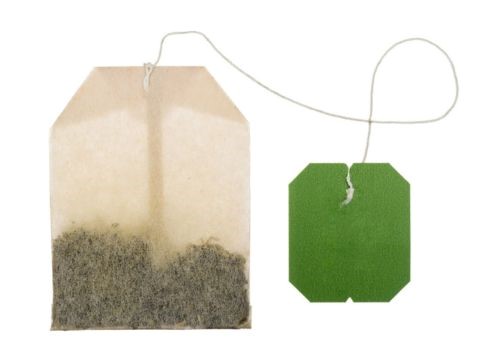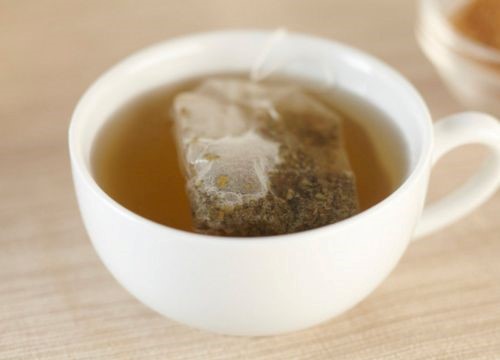A tea bag is a miniature pouch designed to maintain a barrier between the tea leaves and the water. The packet is typically designed using a porous that allows water to seep into the bag where it is mixed with the contents and the infused water seeps out. Although the tea bags were initially used for tea leaves, it is normally for other dried herbs as well.
Who Invented Tea Bag

Tea bags were not an invention credited to one individual but were attributed to a few inventors. Two Milwaukee women, in 1901, created an invention that they referred to as a tea leaf holder. Roberta Lawson and Mary Molaren designed a stitched mesh fabric that could hold leaves.
One of the most notable inventors was Thomas Sullivan. In 1908, this tea exporter created small silken bags that he designed to distribute tea samples. Those who received these packets assumed
that the new leaves they had received were to be used with their minute packaging.
Those who received samples thought that the silk bags were designed to function like a metal infuser. Based on his client’s feedback, the innovative tea exporter capitalized on his accidental invention and produced the first purposely designed tea bag. The new tea bags were designed out of gauze.
Another notable inventor of the tea bag went by the name Adolf Rambold. In 1929, when working for a Teekanne company, he created using parchment a double-chamber tea bag which he secured using staples. He was also the father of the first tea bag packing device.
Key Innovations and Development Since Tea Bag Was Invented

- Packing machines were first designed in 1929 by the inventor Adolf Rambold. This invention paved the way for the mass production of tea bags using affordable materials. Instead of the silk bags that were originally used, this inventor opted for parchment paper. He also added his design making it double-chambered and staples were used to seal the bag.
- In the 1930s an entrepreneur known as William Hermanson designed the world’s first paper fiber tea bag that was heat sealed. This helped to industrialize the production of tea bags as they were easier to produce using machines compared to hand-sewn bags.
- In 1931 the process used for tea leaves evolved thanks to an entrepreneur called William McKercher. He came up with the crush, tear, and curl method that resulted in fine pieces that were easier to pack into the tea bags. The fine particles also infused better resulting in richer flavors.
- The original design of the tea bag featured an essentially flat silk bag, however, since the 1940s the bag has evolved over the years taking in more diverse shapes. There are square, round, and a newly introduced pyramid-shaped bag. The materials have also diversified to include food-grade plastic, filter paper, and several other environmentally friendly materials.
- To enhance the flavor of the tea derived from the packet other designs such as Flo thru tea bags were created. In 1950, a brewing company known as Lipton created a bag with more allowance to create space for the leaves to open. A wider surface area would allow for better infusion which elevated the flavor of the brew.
Conclusion
The tea bag was an invention driven by the need to have a cup of tea without the cumbersome task of brewing a large batch. This creation has been improved using materials that are more affordable and come in various shapes. The tea bag has revolutionized the tea industry providing tea lovers with a practical and easy-to-use invention.
More Resources:
Tea Bag Packing Machine – Source: JOCHAMP
Tea Bag – Source: WIKIPEDIA
Pyramid Tea Bag Packing Machine – Source: JOCHAMP


